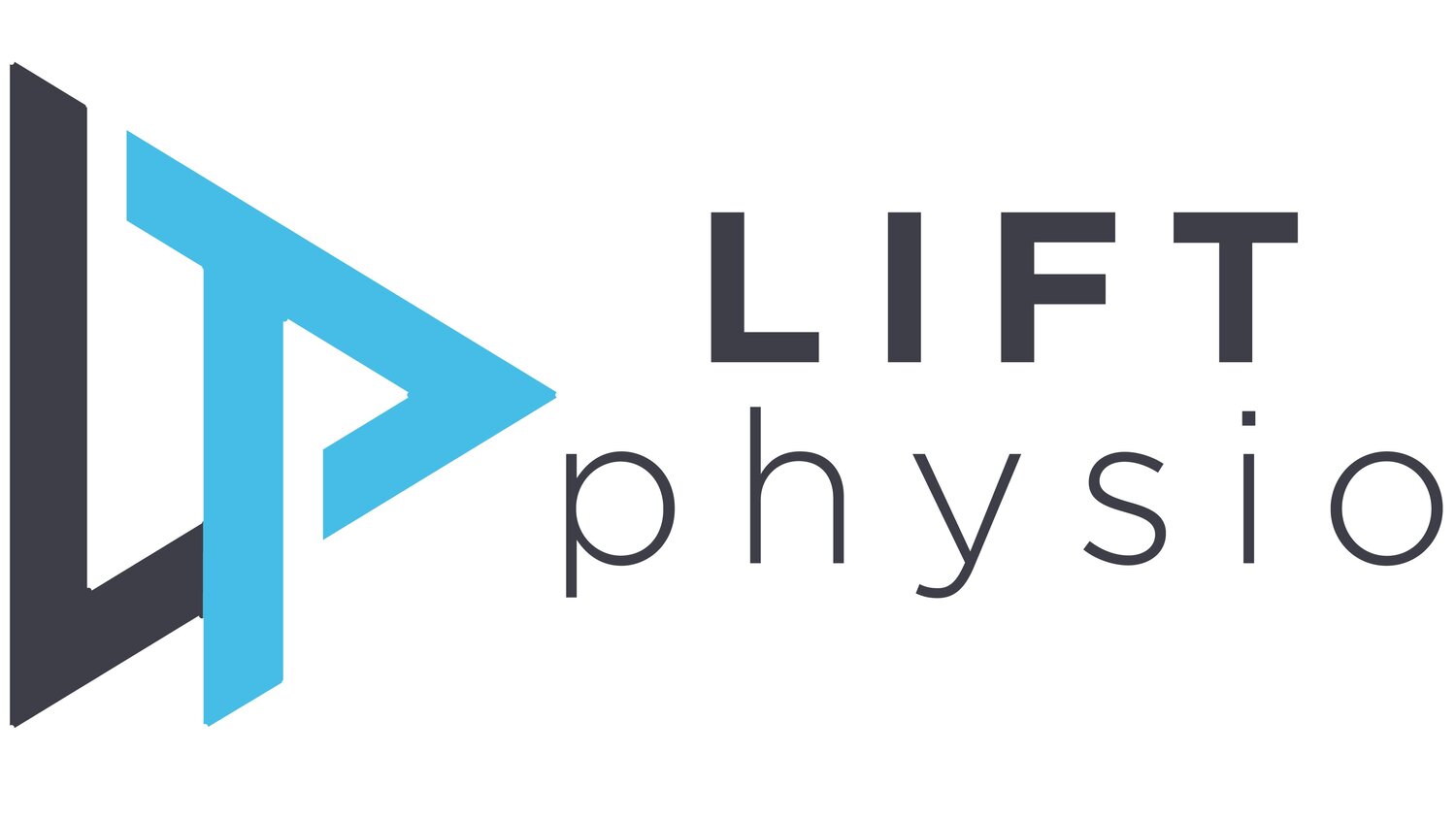What is PNF Stretching?
Definition or Meaning
“PNF Stretching” definition:
PNF stretching is a type of physical therapy that utilizes muscle contractions and relaxations to improve the range of motion in a particular area. PNF stretches are also used as part of an active recovery program to minimize post-exercise stiffness and soreness.
The human body has two types of muscle fibres, slow twitch (type I) and fast twitch (type II). Slow twitch fibres are involved in more long term activities such as endurance, while fast twitch fibres are involved in short bursts of strength or speed. Fast twitch muscles contract quickly but fatigue quickly as well, whereas slow twitch muscles contract slowly but have more endurance.
—
PNF stretching is a stretching technique that targets particular muscle groups and uses the resistance created by those muscles to stretch them.
PNF stands for proprioceptive neuromuscular facilitation, which is a motor learning technique that gains its benefit from the use of simultaneous contraction and relaxation of both agonist and antagonist muscles.
PNF stretching is a way to stretch the muscles in your body. It involves contracting the muscles you want to stretch before you pull on them with your hands or another object.
—
PNF is a form of stretching commonly used for muscle relaxation.
PNF is a form of stretching that can be done with one or more partners. A static stretch, or a stretch held without movement, is held for a period of time and then released. The time between when it starts and the time when it ends is gradually increased to help the muscles relax.
There are 3 different types of PNF stretches:
1. Isometric- where the muscle contracts against resistance but does not move;
2. Eccentric- where there is a controlled lowering in order to lengthen the muscle;
3. Concentric- where there is an upward force which shortens the muscle
